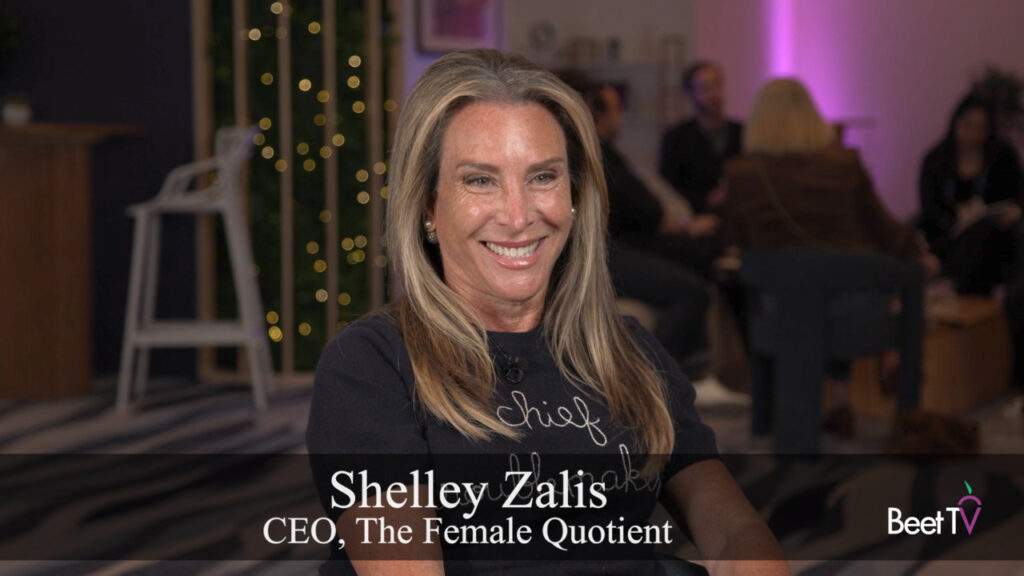It’s a theory we’ve seen before – if more content becomes pay-for and ad-free, will opportunities for advertisers dry up?
Media content has traditionally been funded by either consumer income or advertiser income. If the needle moves toward the former, as it is doing through subscriptions like Netflix, Hulu and Spotify, what does that mean for the traditional advertising-funded media landscape?
“While I don’t think (TV) is going to go anywhere, there is going to be some fundamental disruption in video,” says Geoff Ramsey, the chairman of marketers’ respected analyst agency eMarketer.
“Increasingly, the content on that screen does not include ads. People are paying for subscriptions so they don’t have to get ads. That is going to challenge the TV market more than anything else.”
Ramsey doesn’t think TV is going to die any time soon. As an individual medium, it still takes more consumer media time than any other – four hours a day, according to eMarketer’s own estimates. But that time is also shrinking.
“It’s not going to be like going off a cliff like the newspaper industry did,” Ramsey adds. “But we are going to start to see some pretty radical changes.
“Mobile is number two at more than three hours. More and more consumers … are accessing video through these means.”
A few years back, a then Forrester analyst made similar claims about the effect of subscription growth.
“The potential impact on marketers is huge,” wrote Darika Ahrens. “Successful online content providers no longer need to rely on ad spend. (There will be) fewer chances to reach consumers with ads.”
But many businesses find a sweet spot by operating both paid and ad-funded revenue models.


























